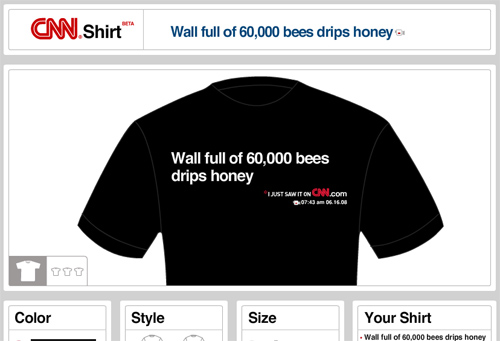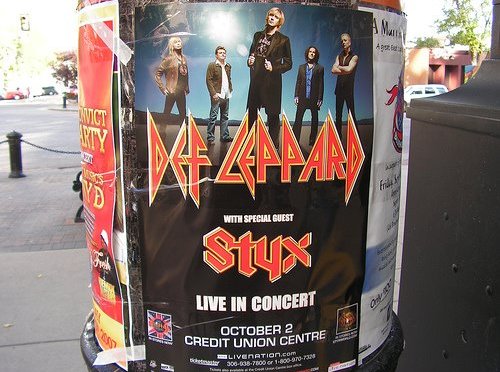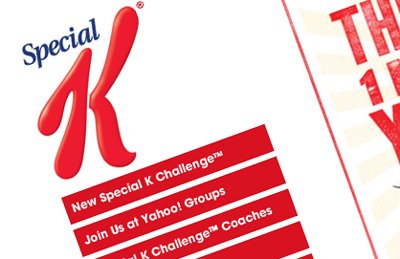 My wife is a fabulous cook. She gets her ideas from all over the place — family, friends, cookbooks, and, most recently, the Internets. for years she has been a frequent visitor of popular site epicurious.com.
My wife is a fabulous cook. She gets her ideas from all over the place — family, friends, cookbooks, and, most recently, the Internets. for years she has been a frequent visitor of popular site epicurious.com.
Epicurious has been one of those places that was ahead of the social media curve in the same sense as Amazon. They were both doing social media-type things before folks were even calling it that. People were posting their recipes, posting comments, and reviewing. I have eaten well as a result, many times.
CondeNet, owner of Epicurious, announced investment in a new venture in October 2007. It was dubbed “Tastebook.” Created by the originators of Ofoto in February 2007, it takes some of the concepts of the Ofoto photo service [now known as Kodak Easy Share Gallery]; taking the digital and making it tangible in the form of prints.
Here is what Tastebook is capable of, from their press release:
Registered Epicurious.com members can now instantly import their My Epi Recipe Boxes to TasteBook. In addition, by logging onto TasteBook, users will have access to more than 25,000 editor-tested recipes from Epicurious and may upload their personal recipes. With TasteBook’s simple drag-and-drop interface, making a personal cookbook is as easy as creating a “playlist” comprised of recipes. Details like cover art and title are also customizable.
Anyone can create a TasteBook today by visiting www.tastebook.com or www.epicurious.com to get started. Using the TasteBook service is free, and a personal cookbook filled with up to 100 recipes costs only $34.95.
Those two paragraphs cover what blogger Kevin Kelly speaks of in a post titled “Better than free.” Whether Tastebook is aware of it or not, they have provided about five of the “Eight Generatives Better Than Free.” In a nutshell, Kelly posits that in the world of free things, creators/aggregators/distributors need to offer value to people.
Epicurious users have access to those 25,000 recipes already, for free. Users have also always had the option of printing a page out of Epicurious as they would print any web page, but those loose pages tend to accumulate in unusable piles on counters, waiting to be painstakingly indexed and filed.
What they haven’t had up to this point is this:
- a copy they can immediately pull off of the shelf
- user-selected content
- easily accessed content [via index & tabs in the book]
- findable content [as opposed to those print-outs]
- a hard copy they can happily dust the flour off of [as opposed to a keyboard]
They may have had a couple of those, but the more you have in one place, the greater that value proposition appears. Tastebook is making this downright irresistible for net-savvy cooks.
The name may or may not have been a clever play on the white-hot Facebook. If you ask me, their idea is hot enough that they didn’t even need to bother. Perhaps the name was an update on the standby name of ‘cookbook;’ that term is still functional if not overly workman-like, for sure, but Tastebook lends an air of, well, taste.
 Here is a novel idea — take headlines, and put them on t-shirts, on demand. Clever, ironic, and just the thing for all of your news-following hipster friends.
Here is a novel idea — take headlines, and put them on t-shirts, on demand. Clever, ironic, and just the thing for all of your news-following hipster friends. next to some of the stories with intriguing headlines. The only other icon there is the video camera denoting video content. There is a list of all of the shirts they have come up with so far here. Some highlights:
next to some of the stories with intriguing headlines. The only other icon there is the video camera denoting video content. There is a list of all of the shirts they have come up with so far here. Some highlights:










